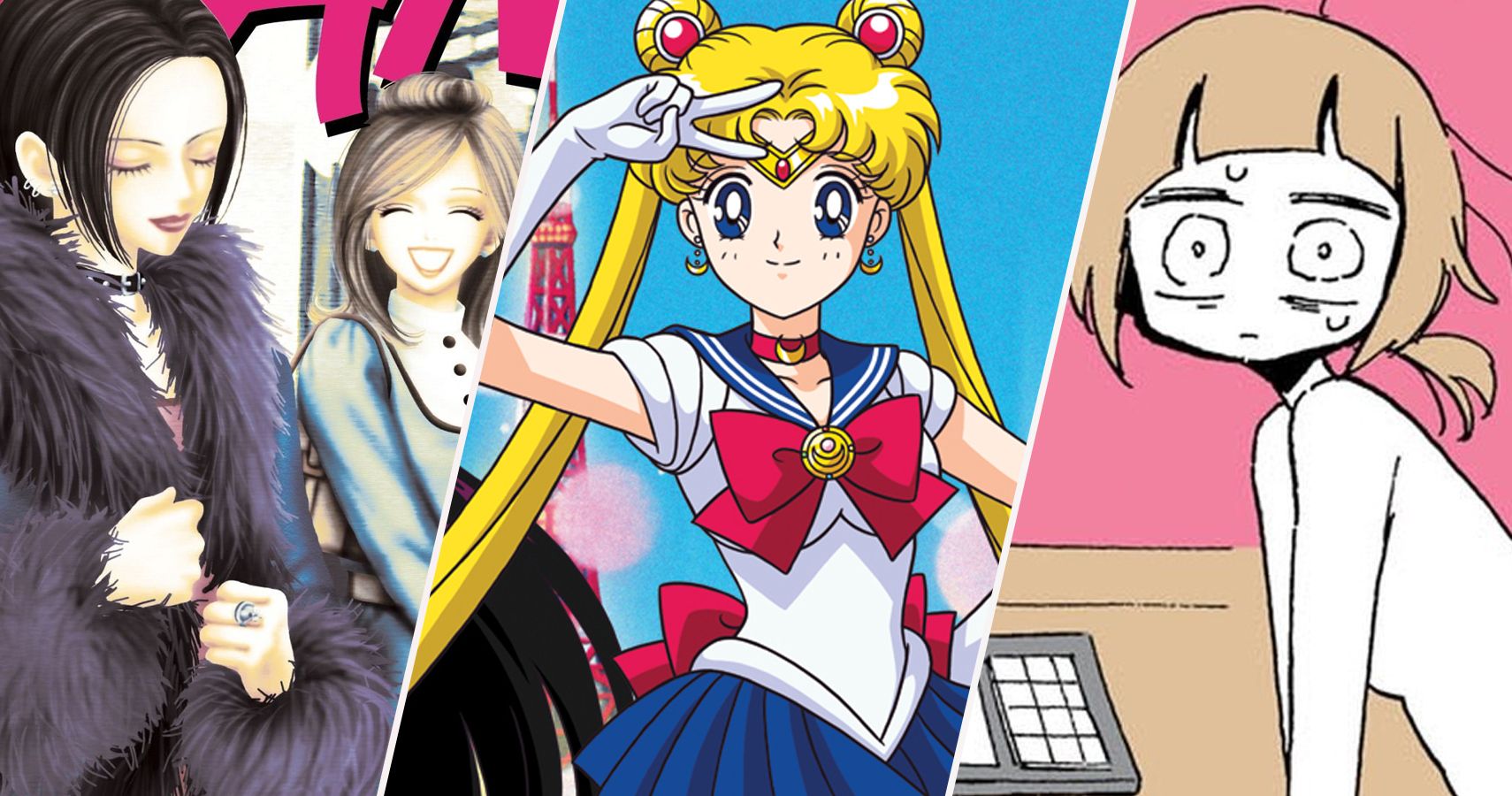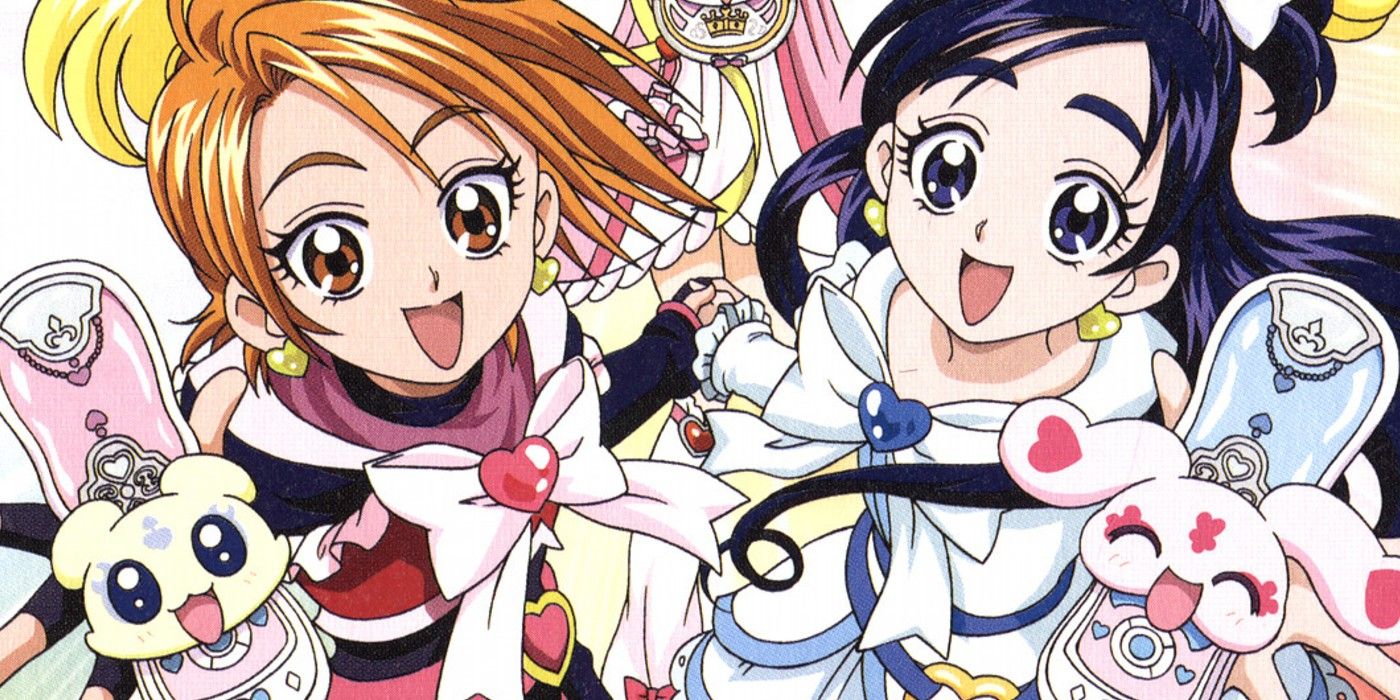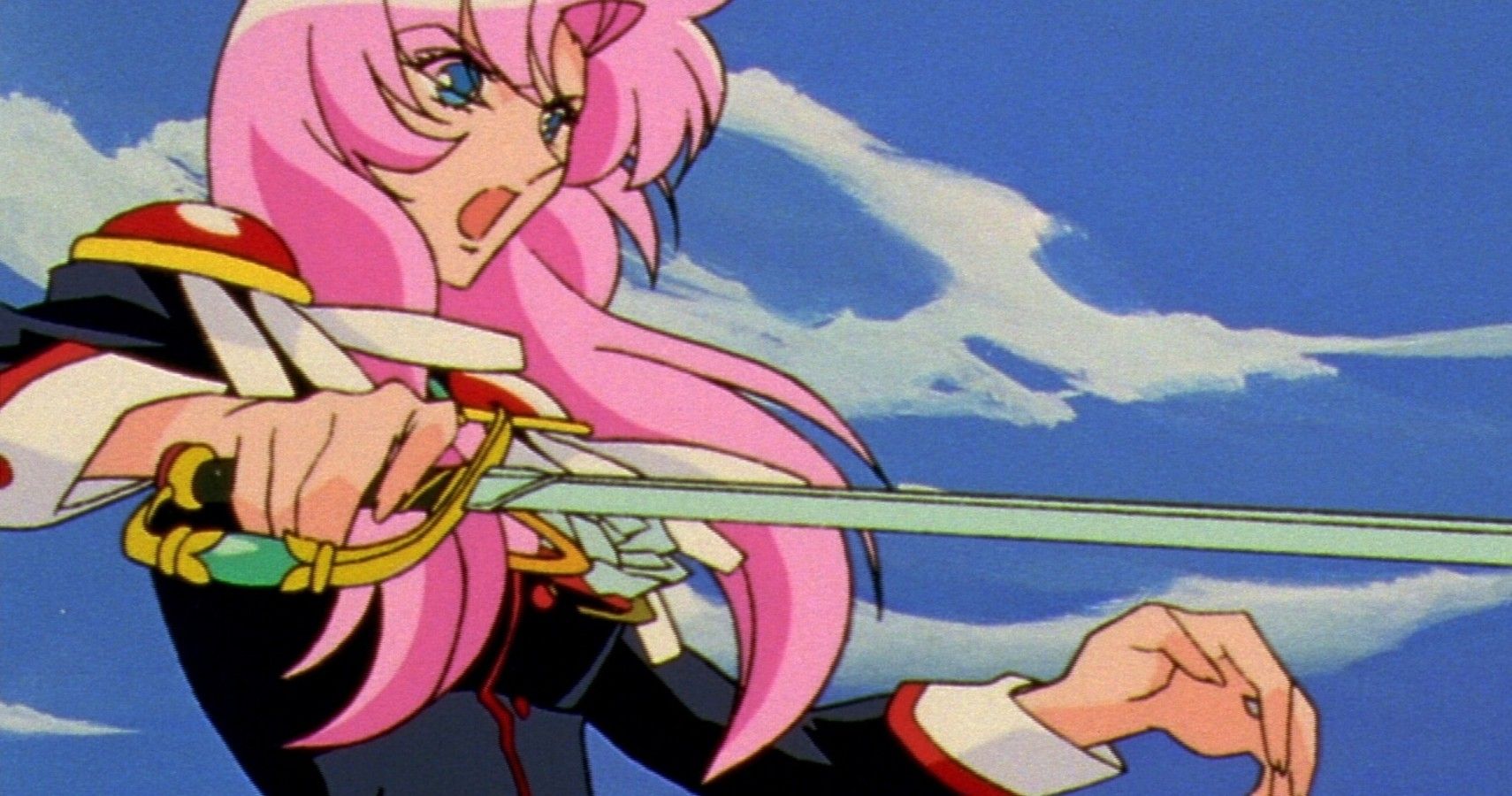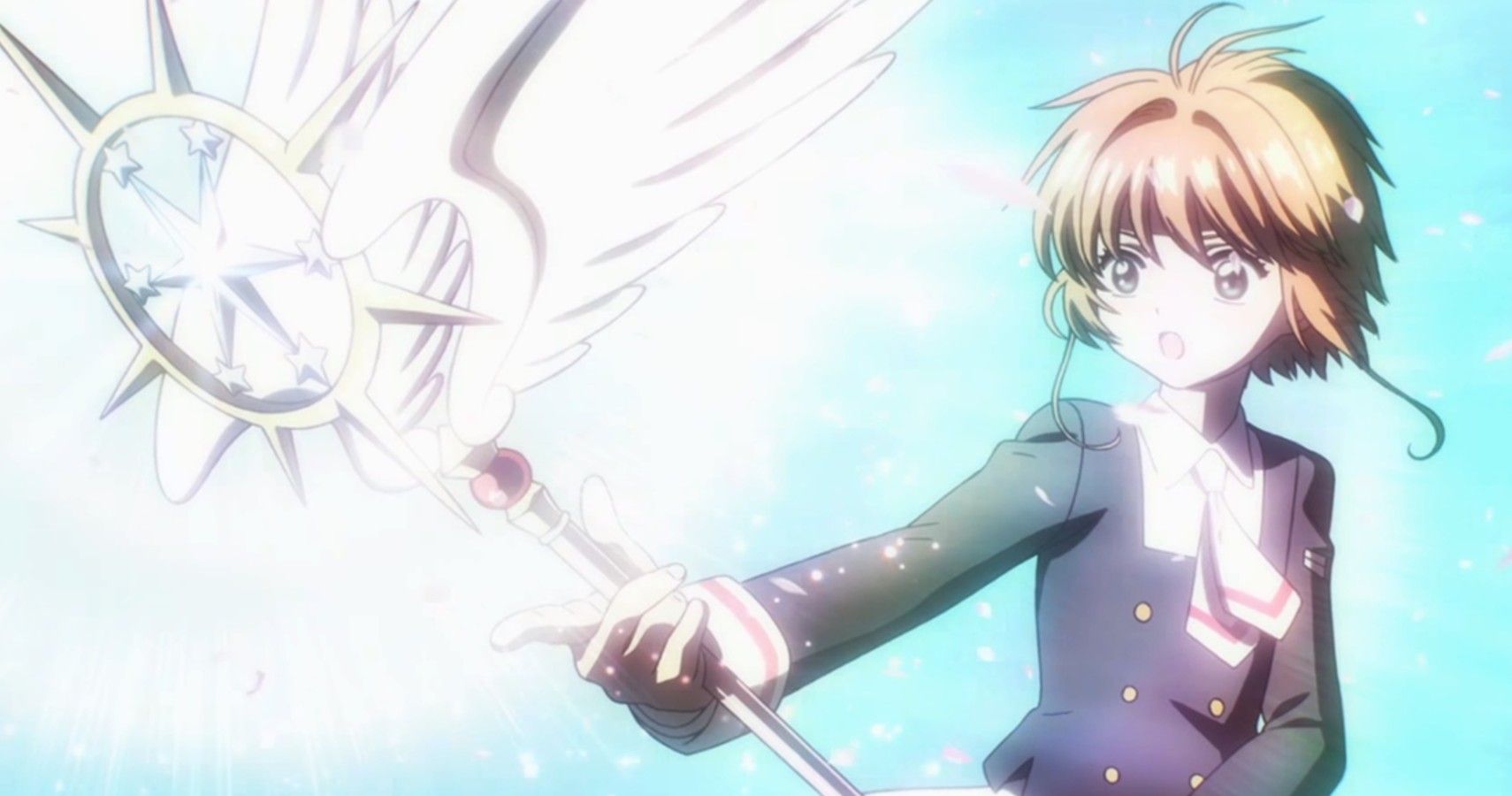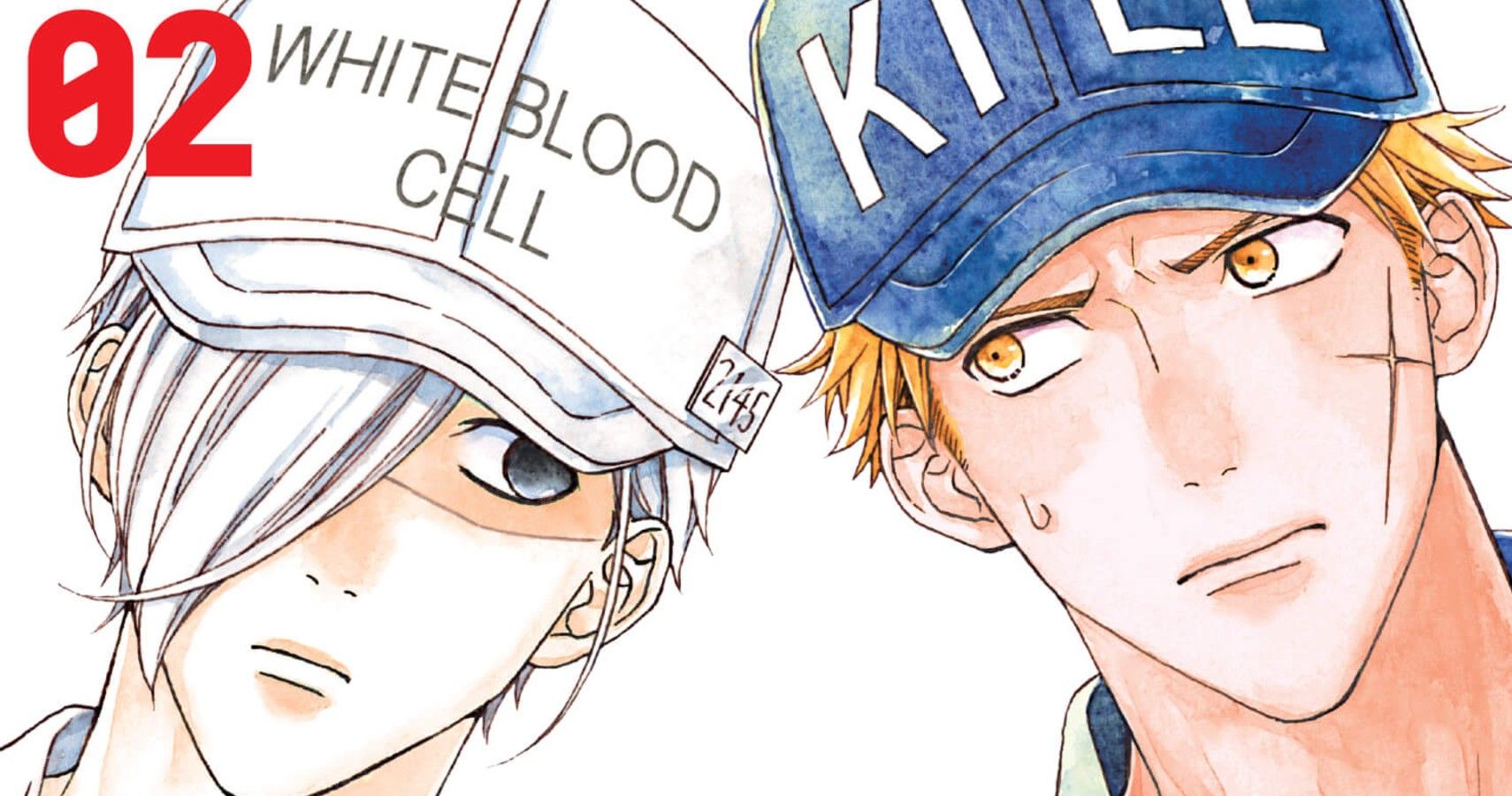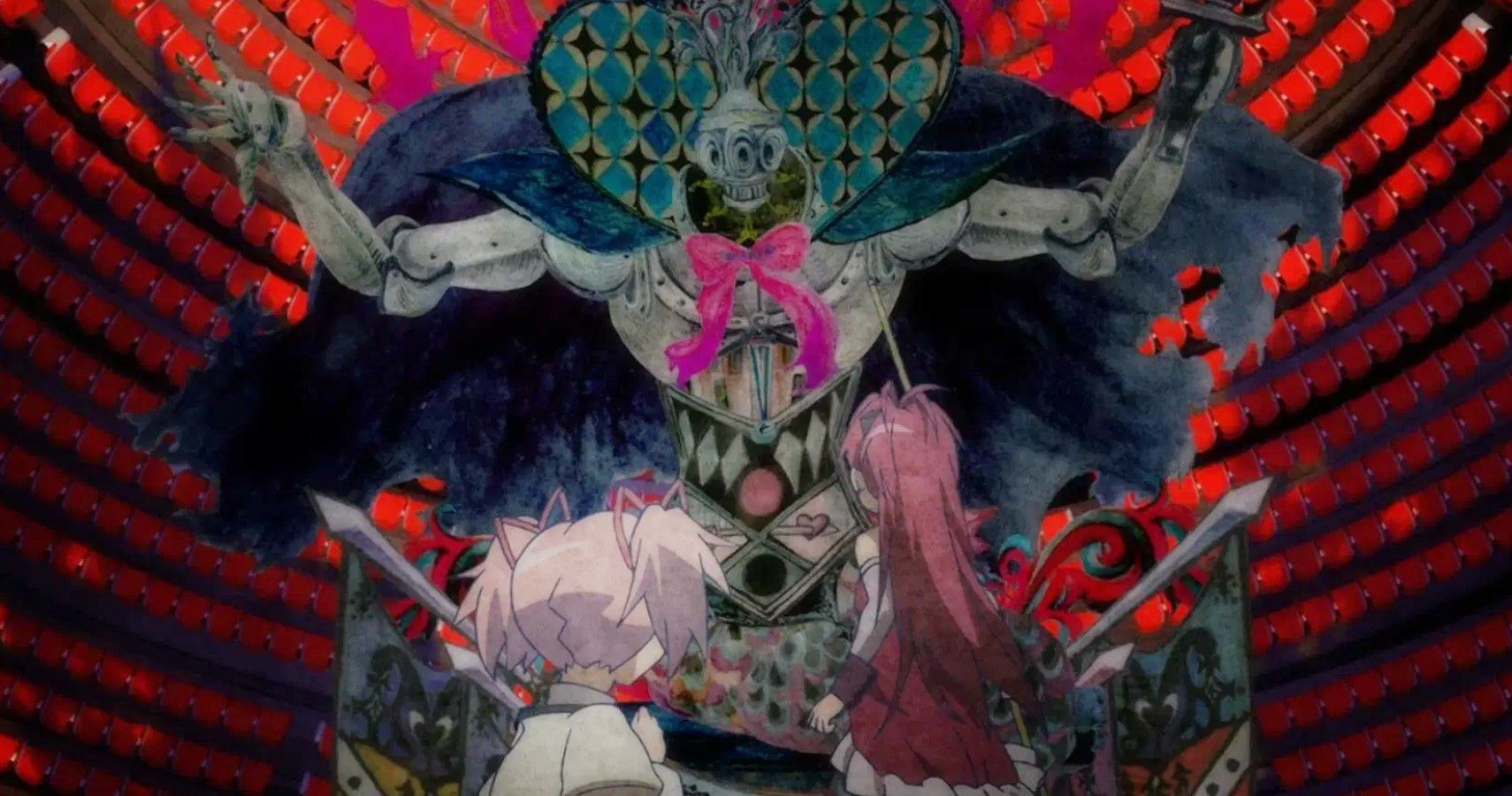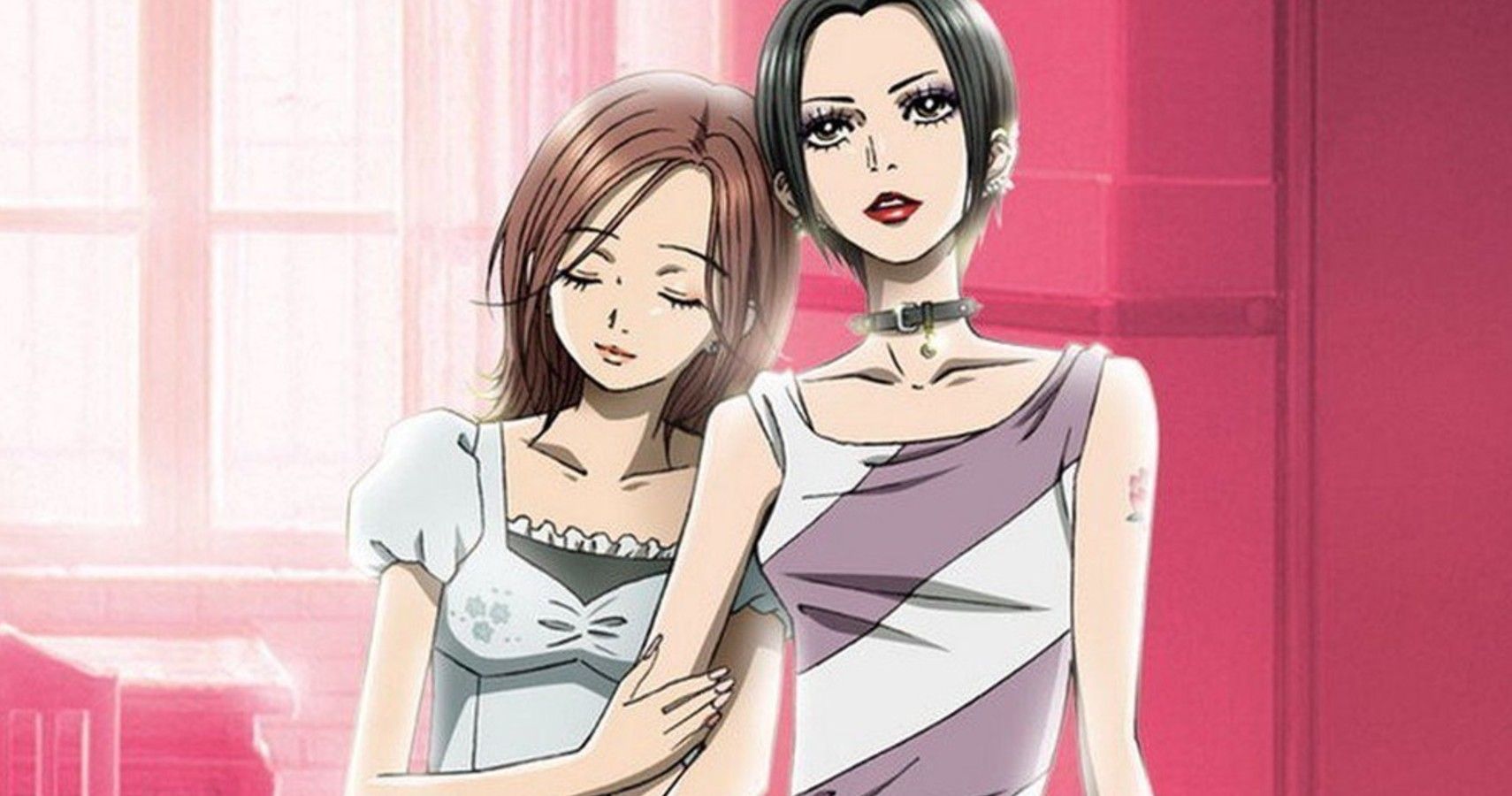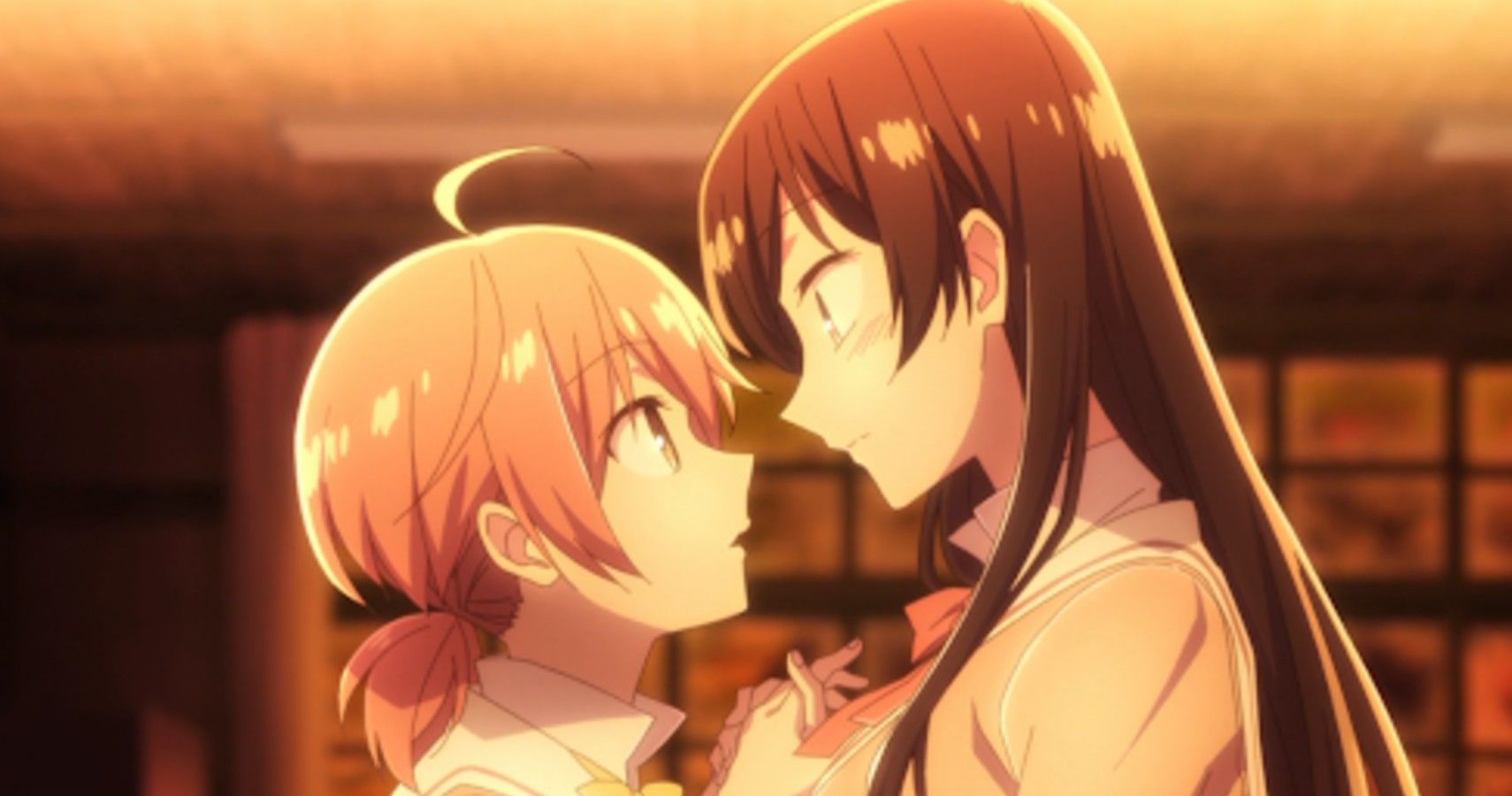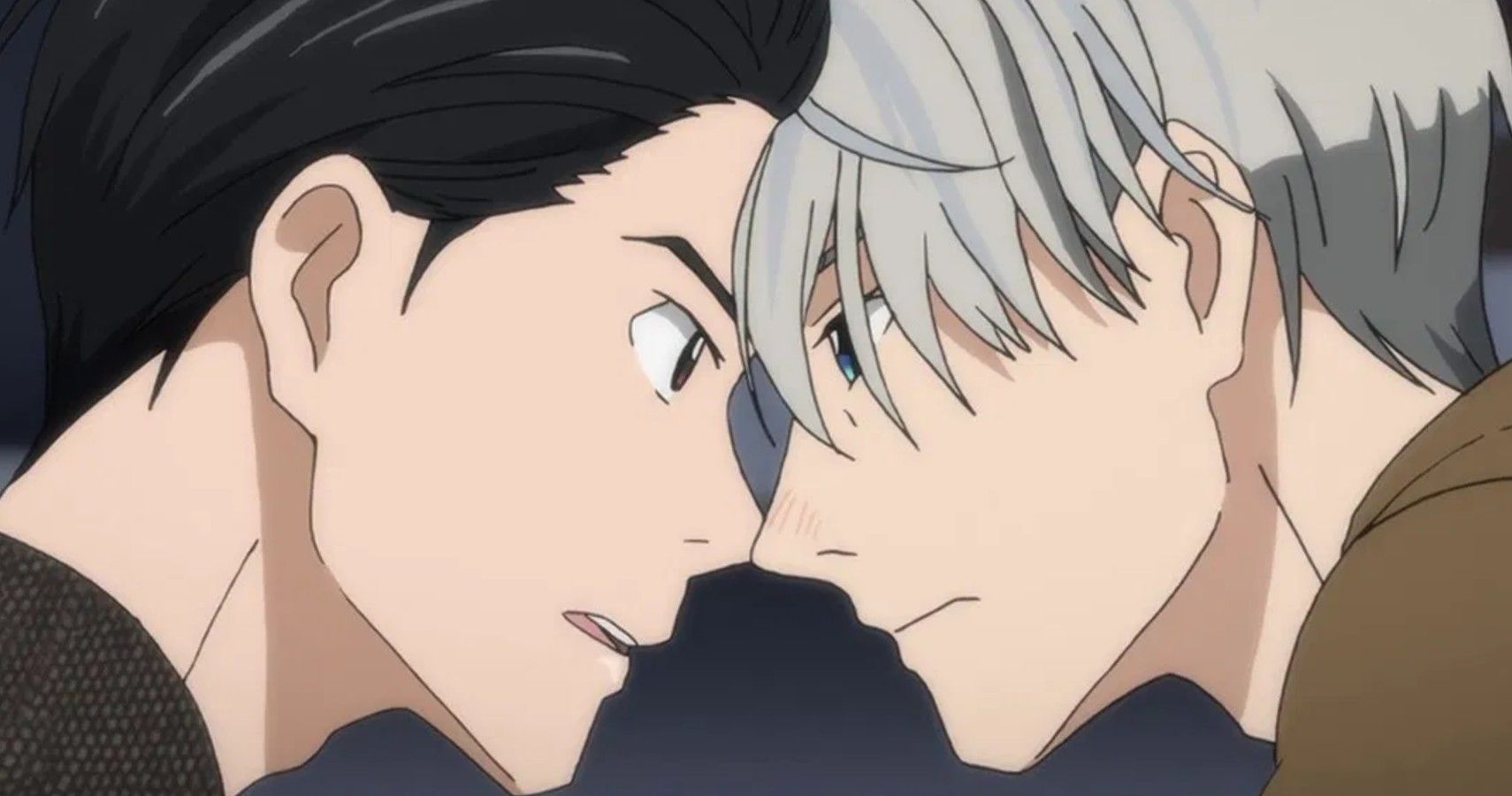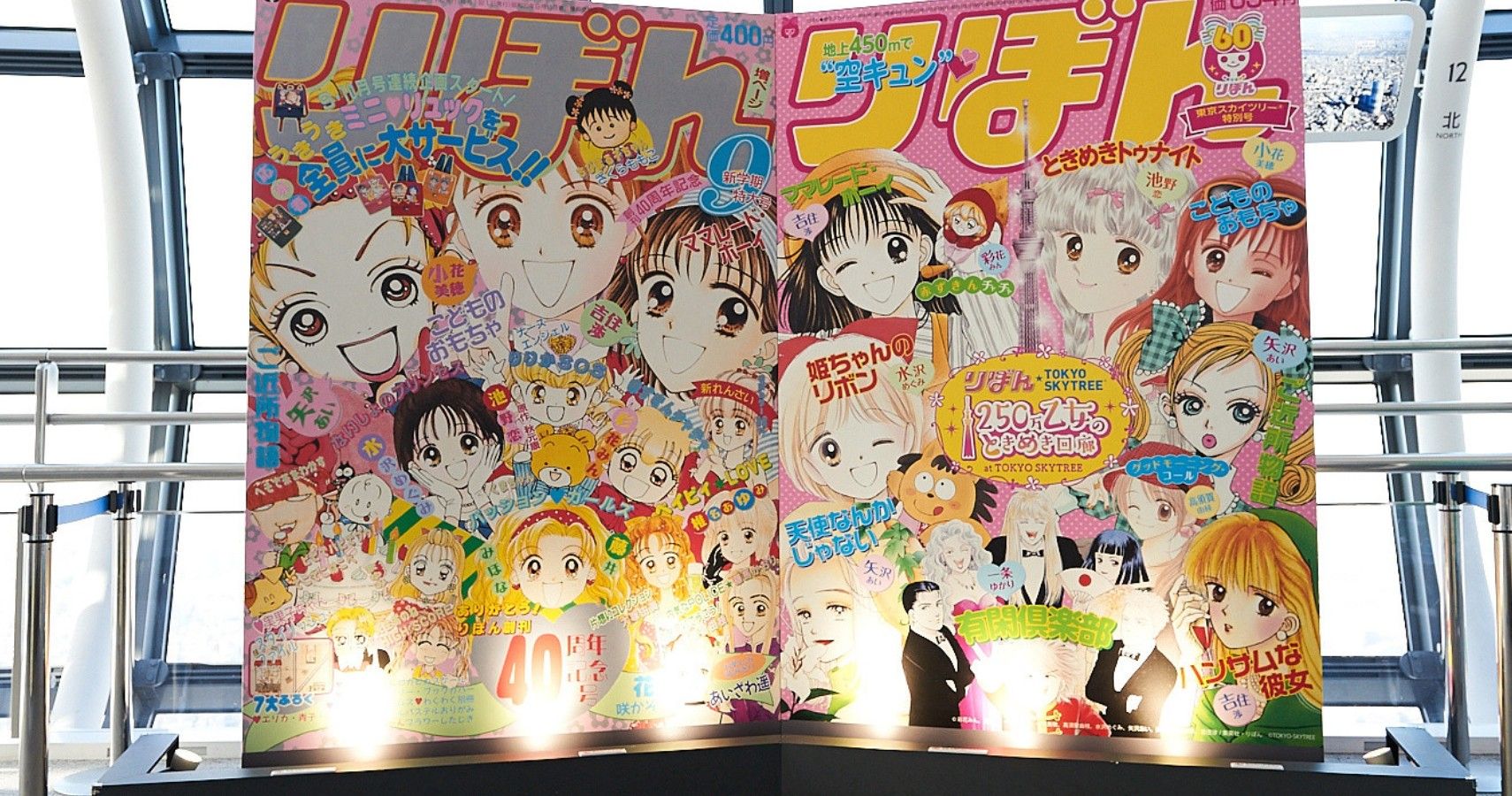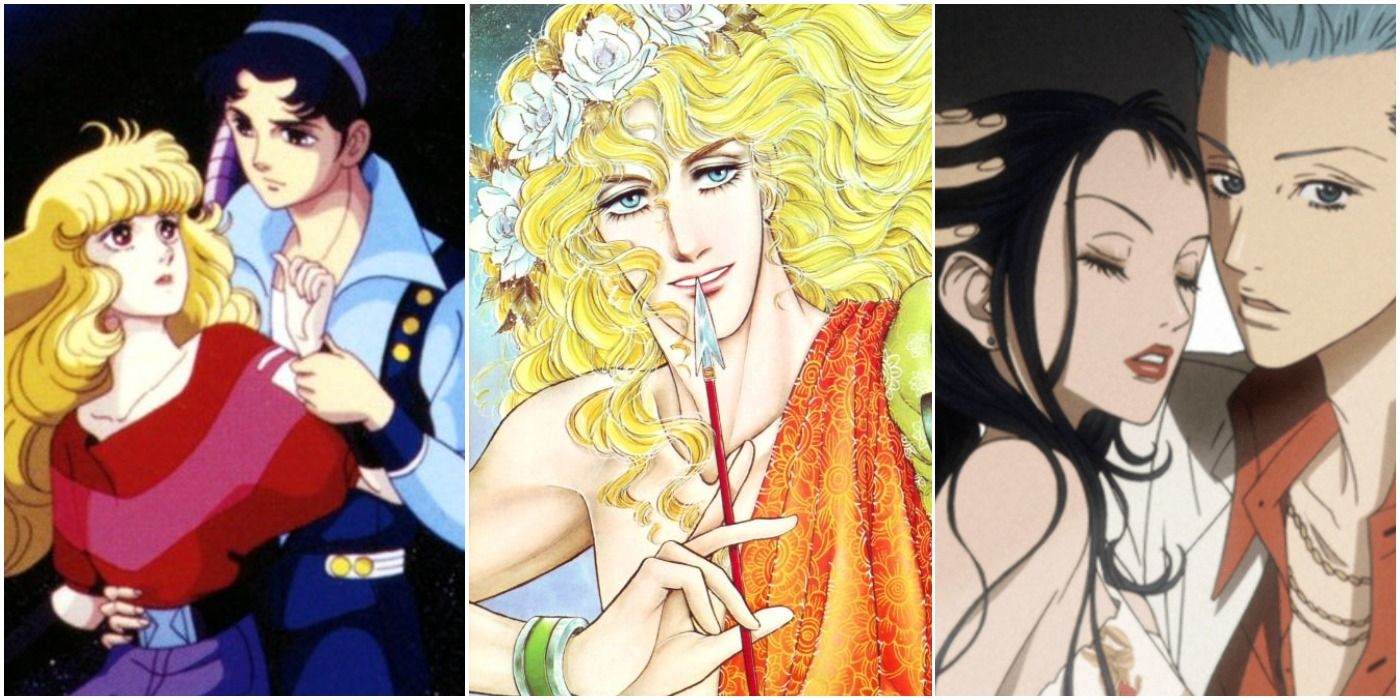Just as popular—and in some cases, more so—than the action-packed world of shonen manga/anime is shojo fiction. In the simplest of terms, shojo is the female counterpart of shonen, marketing its stories to women aged between their teens and young adulthood.
That said, shojo as anime viewers and manga readers know it today was very different in the beginning. The stories under this demographic have been evolving non-stop ever since it began life sometime in the 50s, with cultural shifts and other factors permanently changing the face of shojo fiction for the better.
10 Shojo Is Now More Unisex
A common misconception about shojo and shonen is that they’re exclusively meant for girls and boys, respectively. But as time went by, shojo and shonen not only began to overlap in terms of storytelling, but so did their audiences.
It’s not uncommon to see men of any age fall for shojo, nor is it to see shojo titles like the yaoi/crime caper Banana Fish or the techno-thriller Den-noh Coil go against expectations. One of the most famous examples is the action-packed Pretty Cure (above) which was initially made for young girls, though it eventually became a favorite among men to the point where it was noted on an official marketing paper.
9 Shojo Became More Action-Oriented
Shojo has changed so much over the decades, with a major shift being its heroine’s desire for self-fulfillment and an assertion of agency. In brief, shojo heroines started punching people more often than not. No longer were they damsels in distress; instead, they saved the day themselves with their girlfriends in tow.
This also reflected a desire to fight back against an inherently patriarchal order. Heroines not only dueled rivals, but the archaic traditions and institutions they represented and/or protected. The preference for more assertive sensibilities can be found in the likes of Magic Knight Rayearth and Pretty Cure, but mostly in the shojo trailblazers Revolutionary Girl Utena and Sailor Moon.
8 Literal & Symbolic Transformation Became A Favored Theme
A core feature of shojo manga is the magical girl’s transformation, which doesn’t just turn the heroine into a powerful warrior but reflects their puberty. Whenever a shojo heroine transforms, she gains newfound agency and the ability to literally fight the powers that hold her back.
This motif gained prominence when the magical girl craze started in the ‘80s before skyrocketing during the ‘90s thanks to Cardcaptor Sakura and especially Sailor Moon. A more literal example of this is Fruits Basket, where the boys’ transformations into animals also reflects their burgeoning maturity. Nana takes this in the opposite grounded direction, showing how much women can change for better and worse during their transition to adulthood.
7 Shojo Explored More Diverse Genres
When first conceived, shojo stories were primarily comprised of school life shenanigans and literal fairy tales. This was engendered by the misconception that fluffy escapism was all girls wanted but as time went on, the industry realized that they were limiting their target market’s choices.
Soon, shojo expanded either into deeper variations of school days and fantasies (e.g. magical girls, deconstructions, etc.), or then-uncharted territory like sci-fi. The latter started with classics such as Toward the Terra before modernizing into the likes of Cells at Work!: Bacteria and Cells at Work and Friends (above), spin-offs of the blockbuster shonen Cells at Work! These spin-offs cross so many genres that they can be classified as a shojo workplace rom-com, sci-fi, and edutainment.
6 Shojo (Especially Magical Girls) Went Dark
Not unlike Western attitudes towards anything perceived as “girly,” shojo fiction was for the longest time dismissed for being saccharine and cutesy. Seemingly in response, shojo creators deliberately skewed towards the framework’s darkest extremes, creating many tales that border on seinen. This wasn’t always a bad thing, as it proved just how far shojo can go with its established rules.
Lighter examples of this took note from the urban legends of Hell Girl or the deconstructive Revolutionary Girl Utena, which is considered as the Neon Genesis Evangelion of fairy tail-styled shojo. More severe descents emulated the highly influential Puella Magi Madoka Magica, which started a trend of brutal magical girl adventures where gore and depression replaced friendship and caring.
5 Slice-Of-Life Shojo Became More Mature
Early on, there was little in the way of introspection or ambition for shojo tales, with stories’ main purpose being to provide a stereotypically girlish escape. But then in the late ‘60s, the feminist wave hit Japan, encouraging women to challenge gender norms and aspire to be more.
This hit fiction as well, with shojo characters experiencing relatable issues such as questioning their sexualities and their home’s surrounding sexist attitudes. This shift was best seen in shojo’s older counterpart, josei (shojo stories aimed at women aged 18 upwards), with landmark titles like Nana and Princess Jellyfish or the critically-acclaimed manga/diary My Lesbian Experience with Loneliness dealing with these angsts through very realistic and grounded slice-of-life escapades.
4 Yuri Is Now Taken Seriously
Same-sex relationships have always been a favorite of shojo, though they weren’t given much respect at first. This changed in the ‘70s thanks to the aforementioned feminist wave and the all-female mangaka team Year 24 Group. The group accomplished a lot, in this case popularizing and legitimizing Yuri (i.e. Shojo-Ai or Girls’ Love).
Many agree that Riyoko Ikeda’s (a part of Year 24 Group) The Rose of Versailles—which starred Marie Antoinette’s crossdressing female bodyguard Oscar—set the groundwork for what would become modern Yuri. Notable established tropes include: lavish historical settings and character design, strong gender fluid heroines, serious if non-explicit girls' romance, and more. Modern examples include Kase-san & the Morning Glories and Bloom Into You.
3 Yaoi Took The World By Storm
Yaoi (i.e. Shonen-Ai or Boys’ Love/BL) is so synonymous with and inseparable from shojo that it dominated shojo fiction as well. Not only is shojo-styled BL more popular than ever in native Japan, but it’s a global phenomenon that long surpassed its printed roots. Yaoi first saw life as a sort of underground interest that eventually caught editors’ eyes in the ‘90s, leading to as many as 30 Yaoi-dedicated magazines being published.
Yaoi was so strong that it didn’t just outlast The Lost Decade (i.e. Japan’s economic recession in the ‘90s), but it basically exploded—especially in the 2010’s as seen in Yuri!!! on Ice (above), even if its specifics are still being debated today. The boom is credited to many shojo creators, with the most renowned being the CLAMP collective (RG Veda, Tokyo Babylon, etc.).
2 Shojo’s More Popular Than Ever
During the waning years of World War II, manga was marketed as much-needed escapism. Due to harsh wartime realities, shojo magazines were downsized to the point where only one shojo-dedicated publication was left. It wouldn’t be unfounded to think that this was shojo’s death knell, but it didn’t just rebound—it came out stronger than ever.
The stars and planets aligned for shojo, giving it a post-war resurgence that hasn’t stopped ever since. Today, shojo is just as popular and lucrative as shonen is, at times outselling the most popular shonen battle manga/anime of the season. Many credit Princess Knight – commonly agreed to be the definitive shojo title – for not only setting shojo’s foundations, but for keeping interest in this particular brand of fantasy alive.
1 More Women Create Shojo Now
The most ironic thing about shojo is that it was actually started by men. Case in point, Princess Knight was created by the very male mangaka legend Osamu Tezuka. For the longest time, the male-dominated scene didn’t take shojo seriously, with rookies being assigned to girls’ comics before getting promoted to shonen work.
This changed with the Year 24 Group's entrance. Thanks to the daring, experimental, and transformative works of Yasuko Aoike (From Eroica with Love; above, center), Moto Hagio (They Were Eleven; above, left), Toshie Kihara (Mari to Shingo) and more, Year 24 Group reshaped shojo and paved the way for more female creators like Ai Yazawa (Nana and Paradise Kiss; above, right) to follow suit. Without this movement, shojo would’ve stagnated for decades on end.

